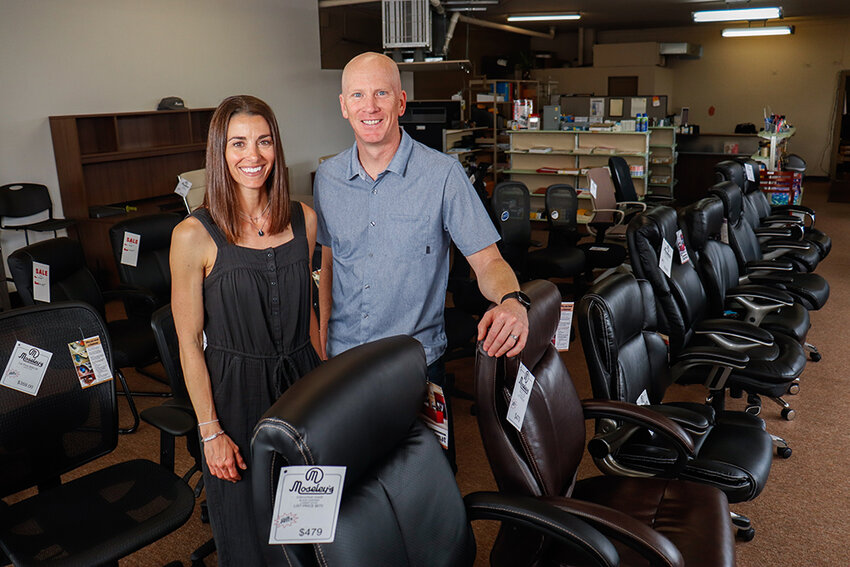YOUR BUSINESS AUTHORITY
Springfield, MO
YOUR BUSINESS AUTHORITY
Springfield, MO

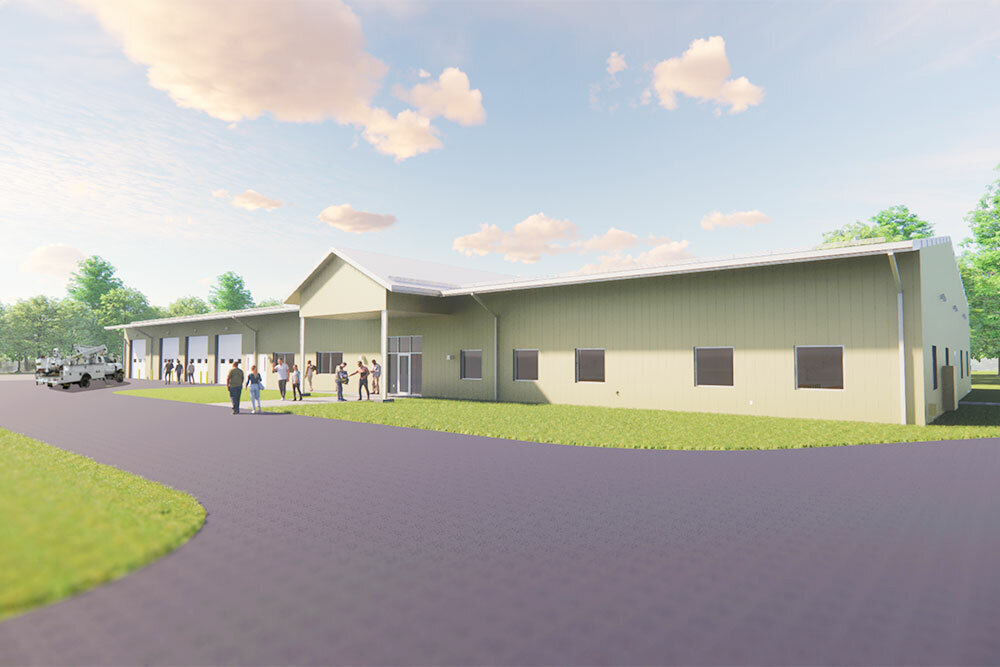
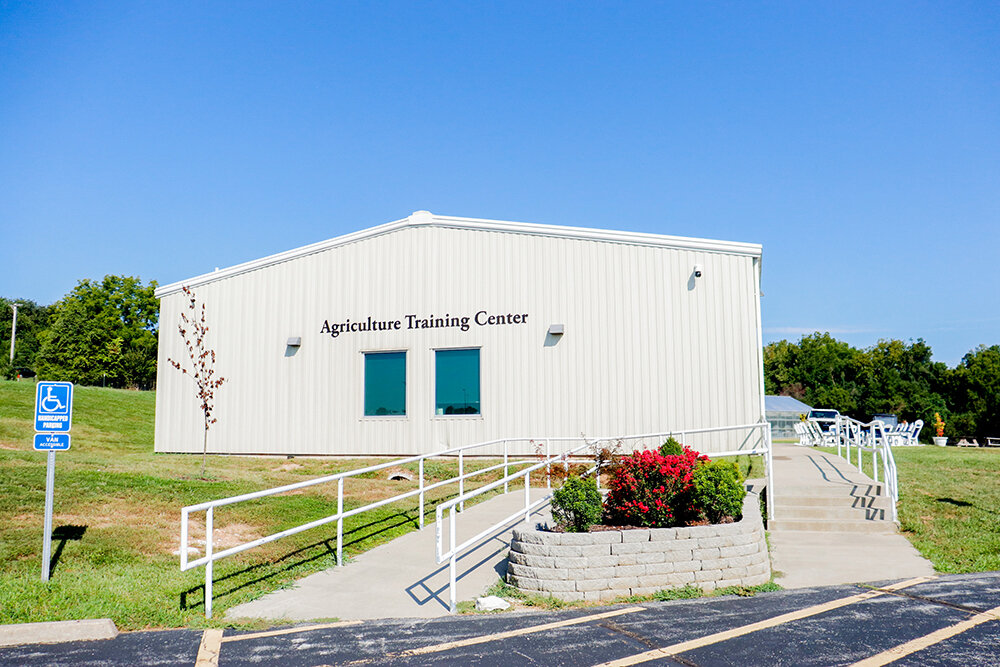
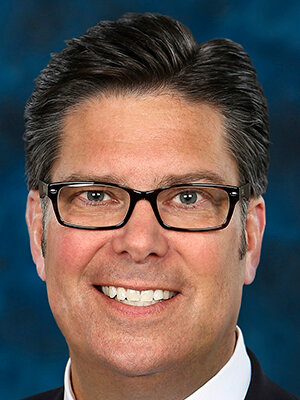
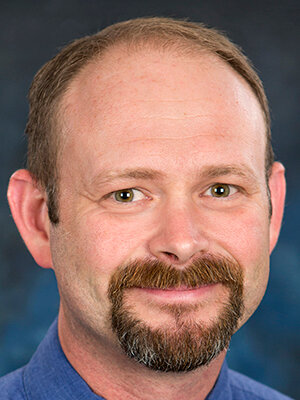
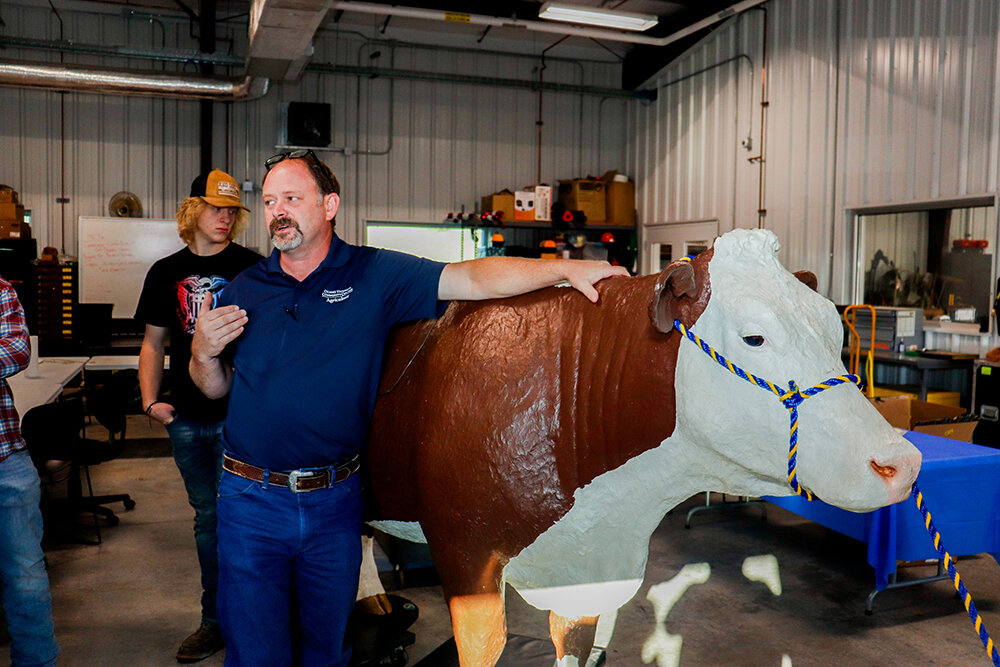
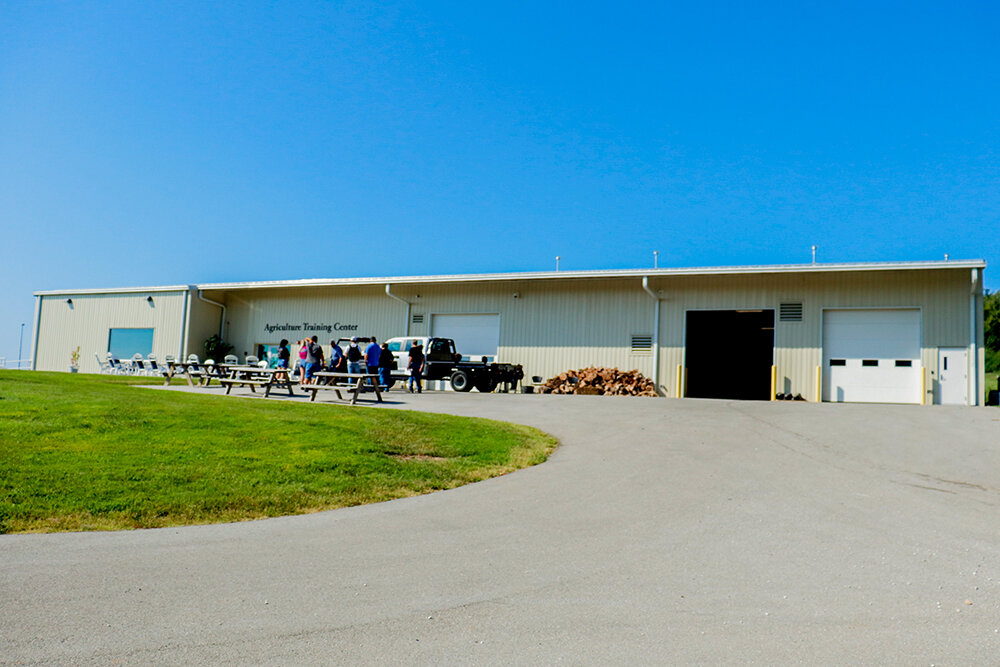
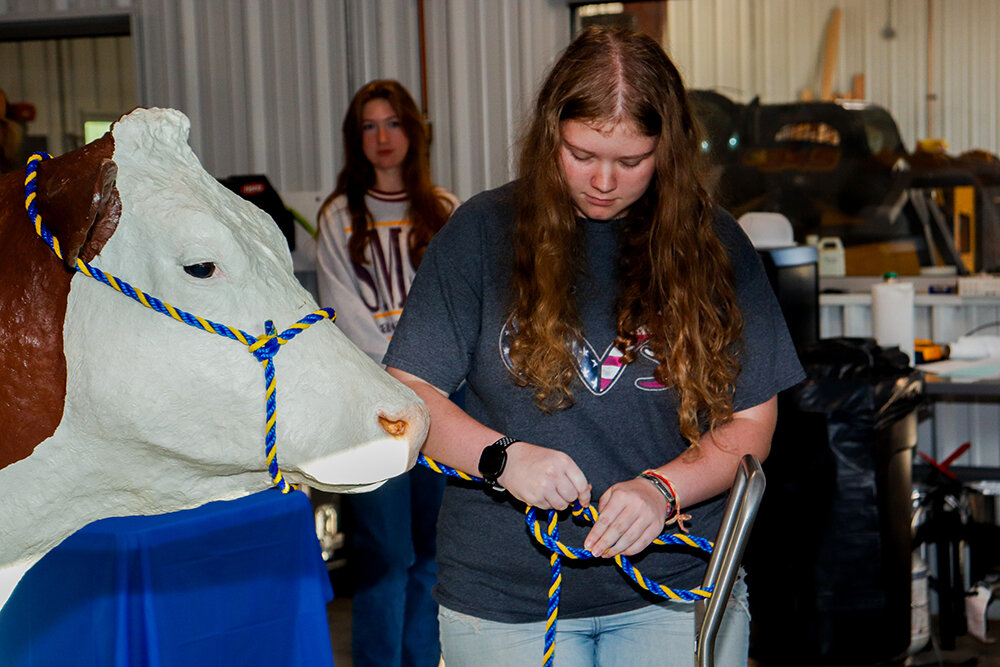

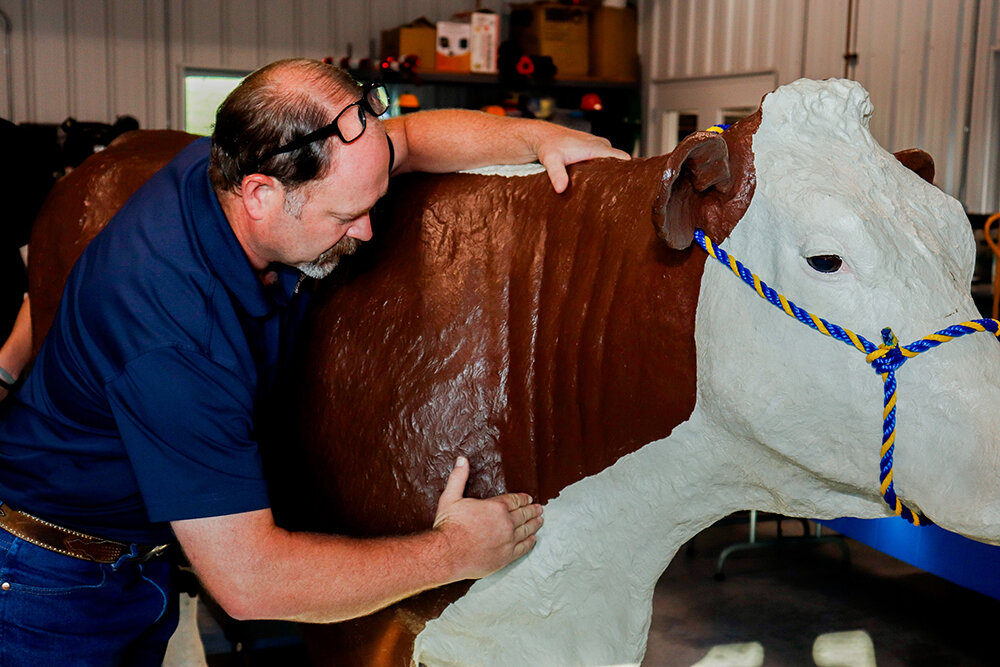



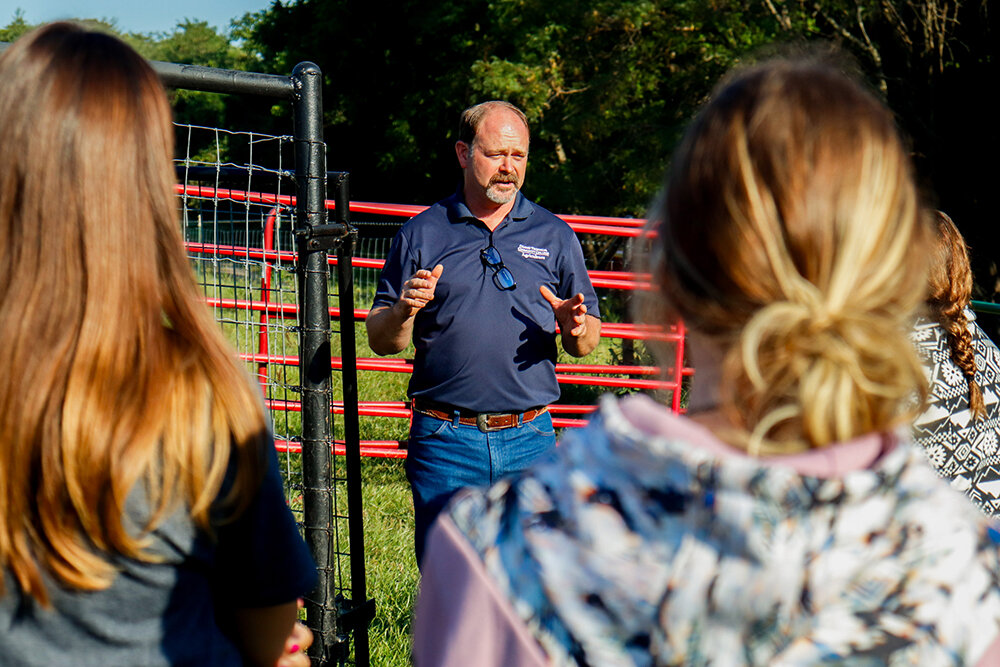

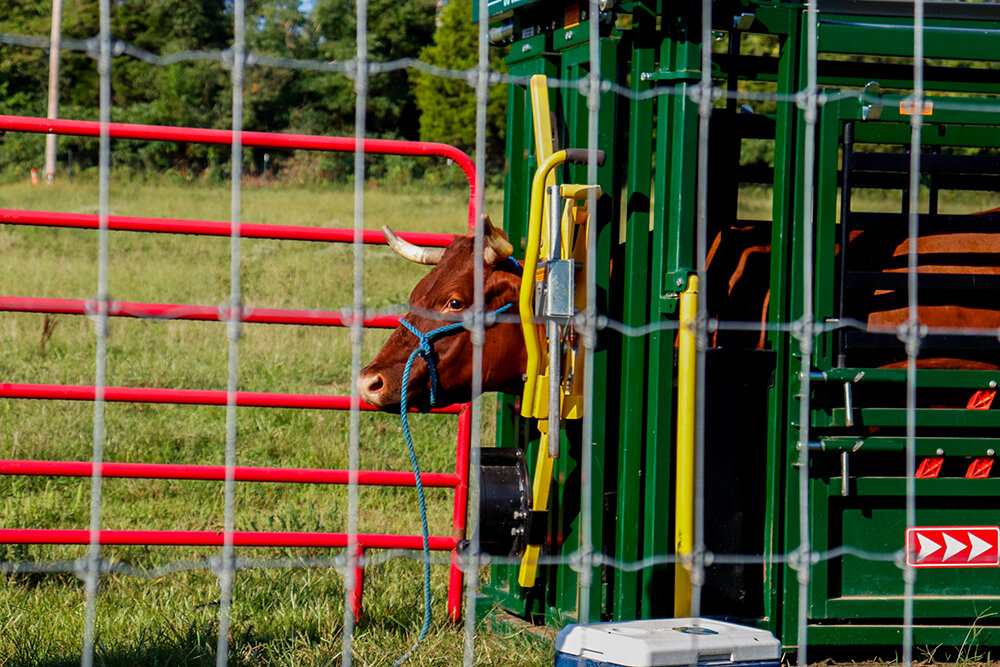
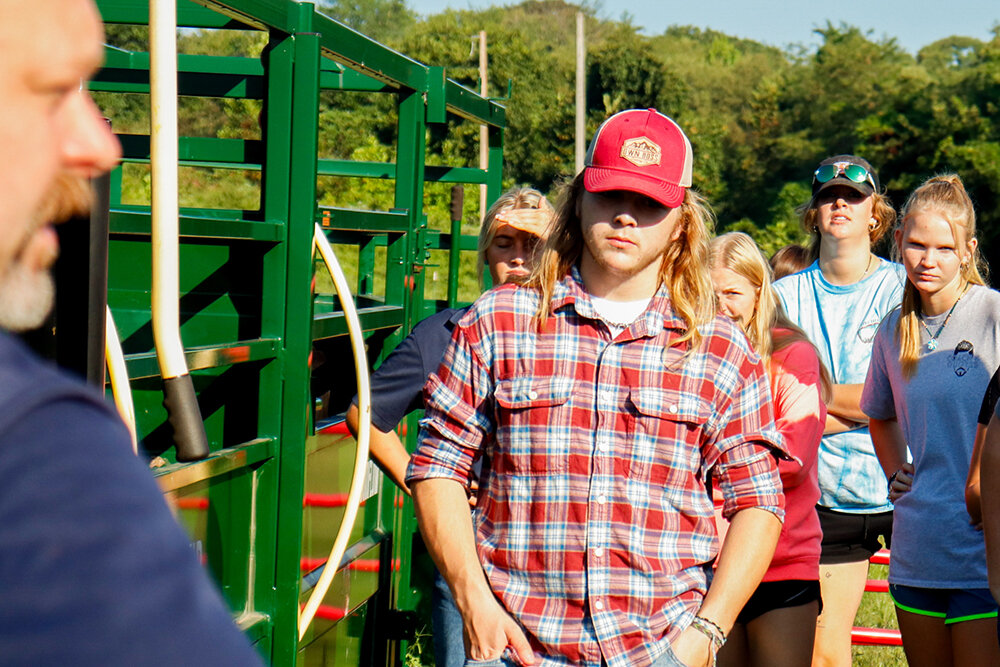

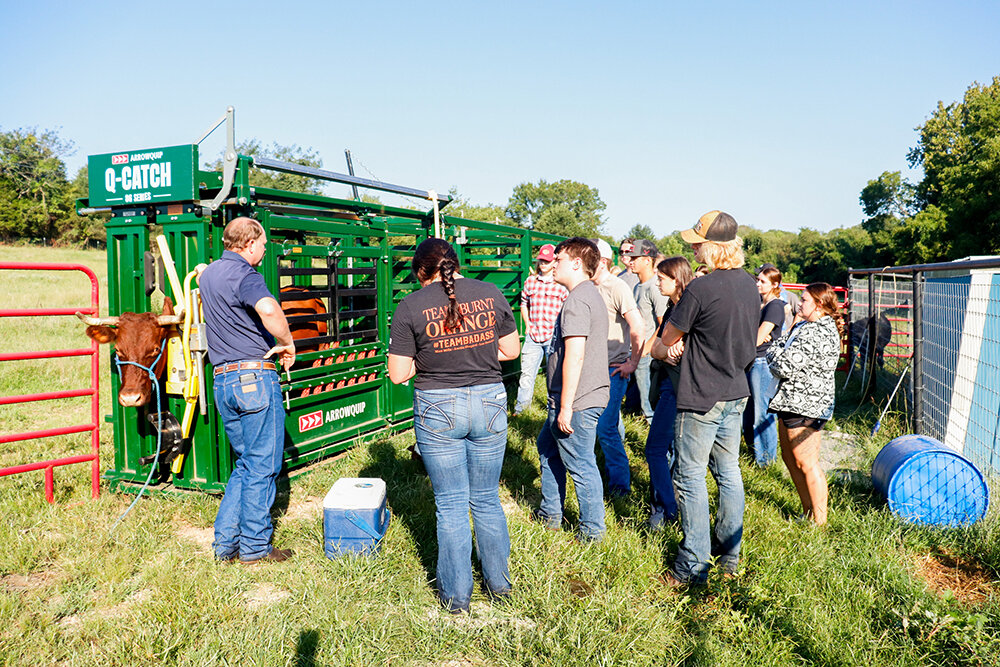
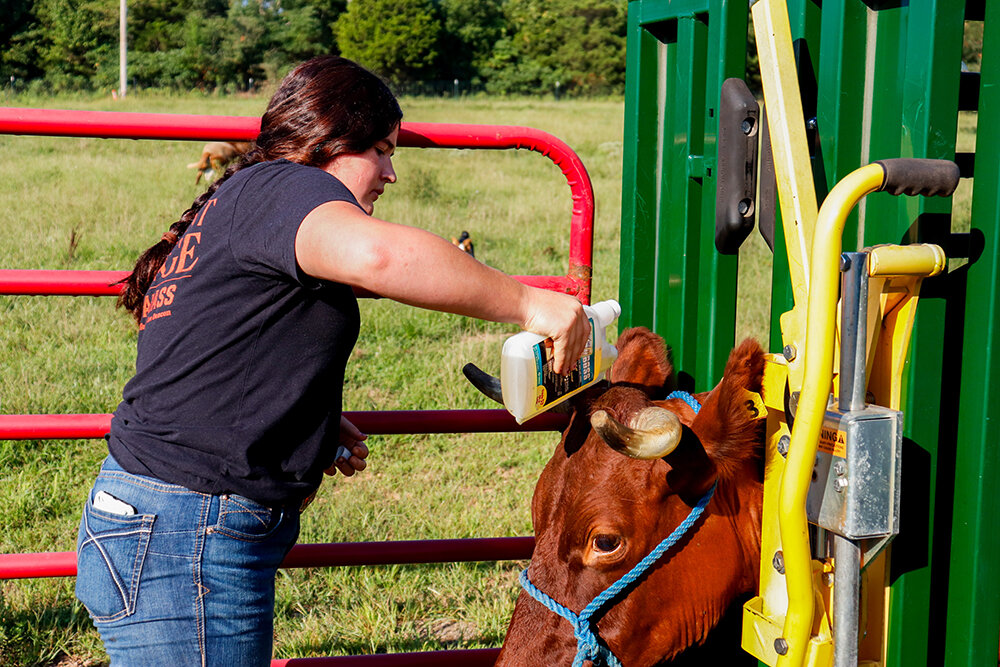
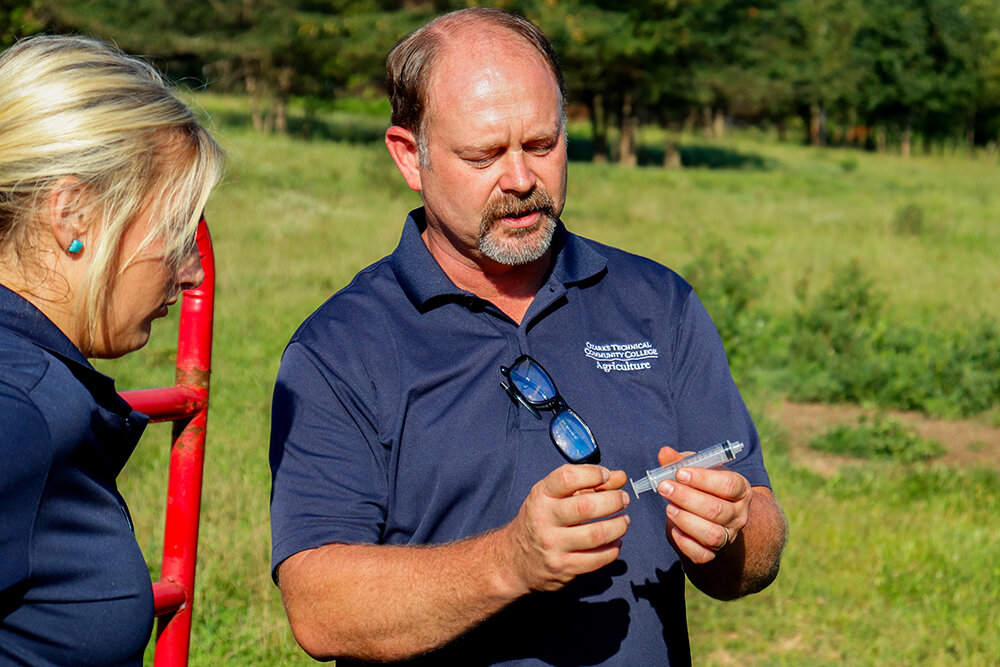
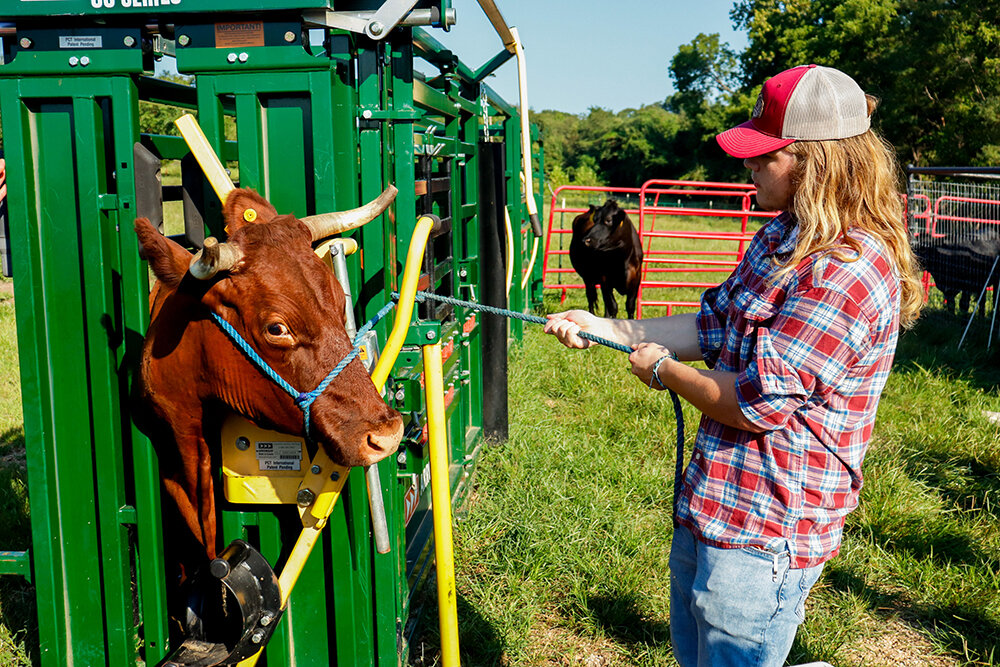
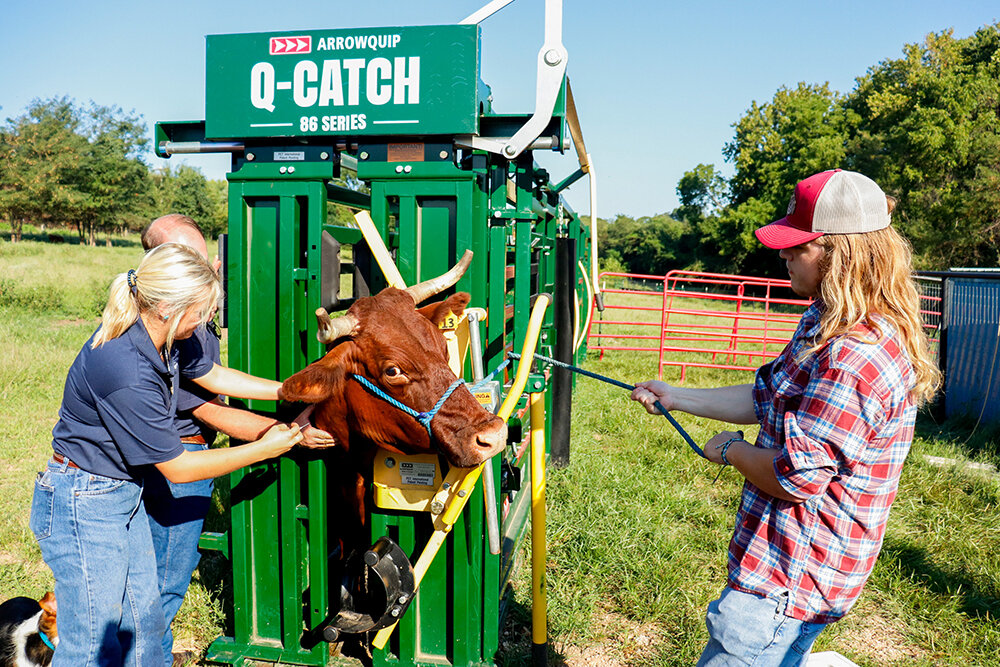

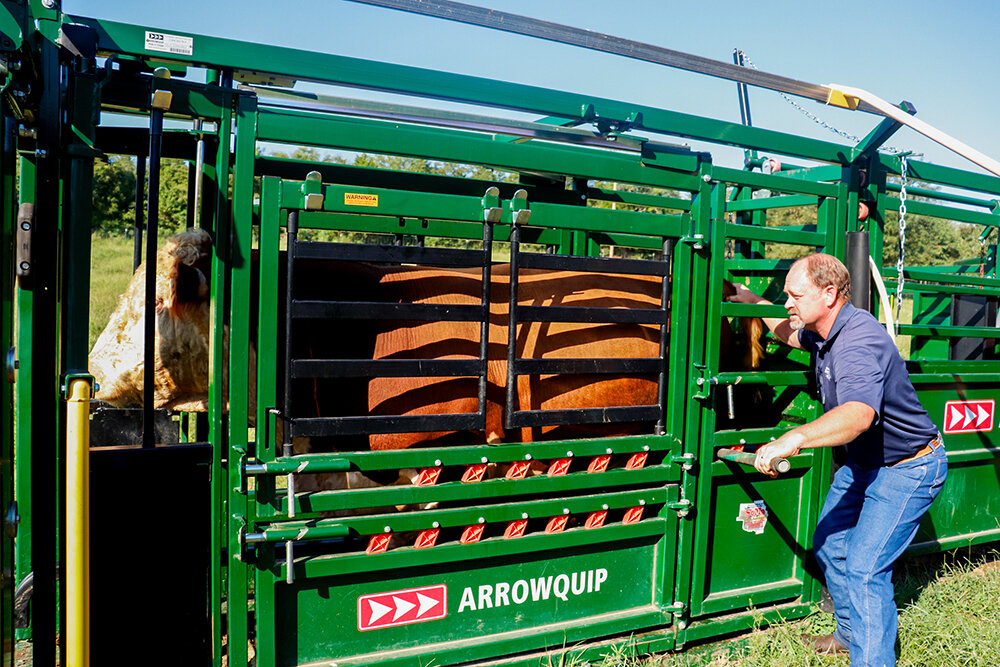

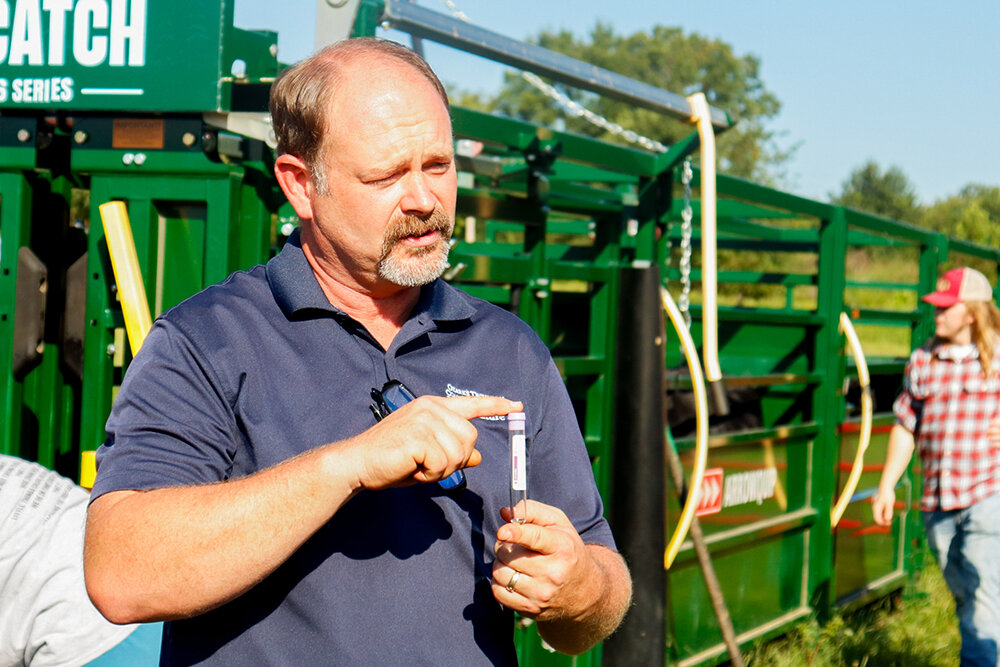
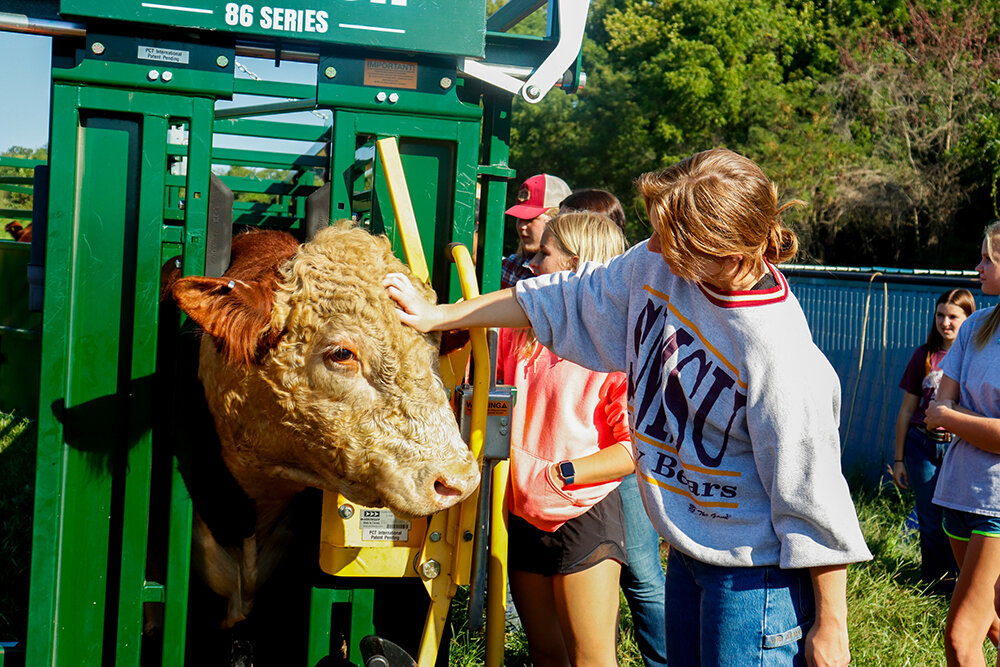

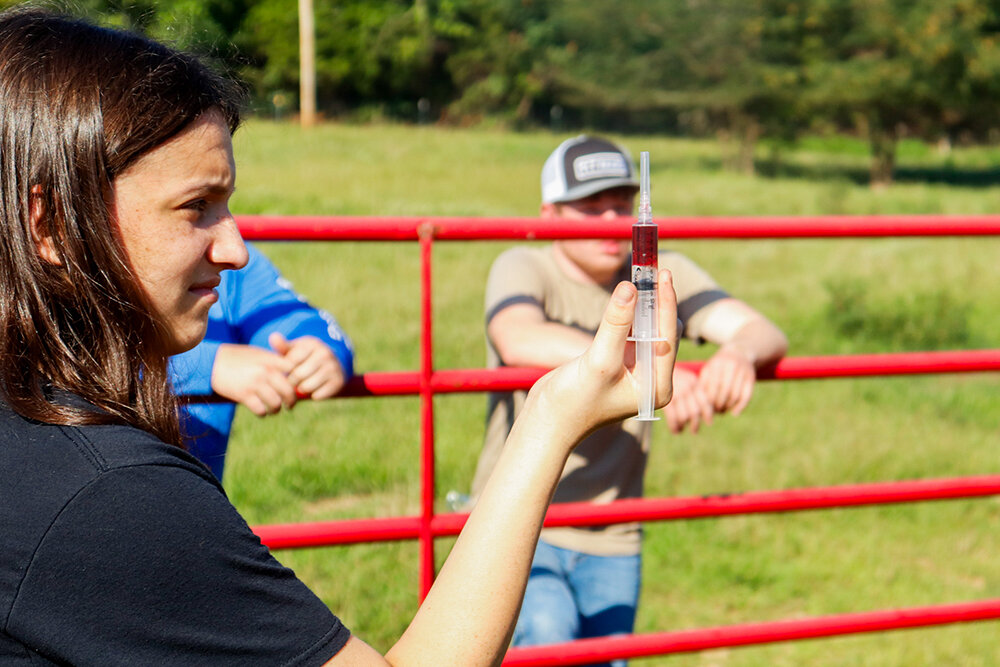
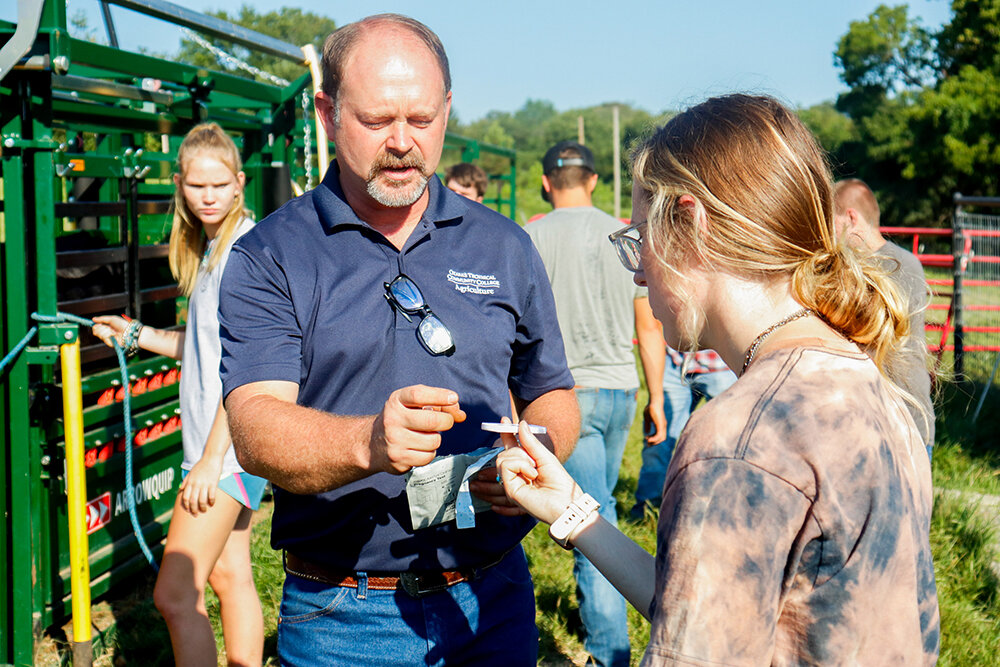
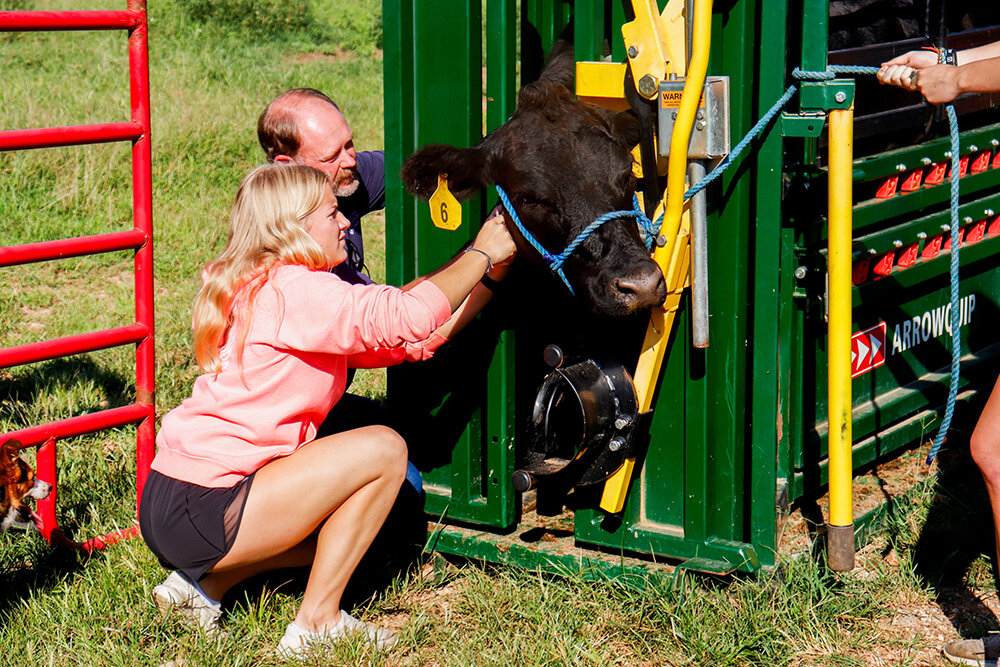

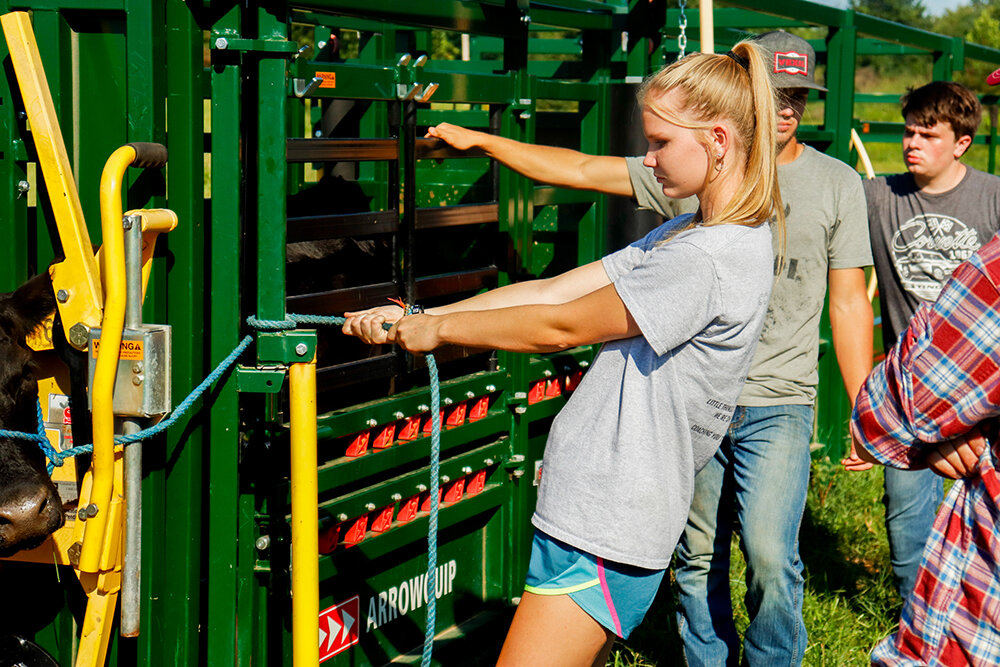


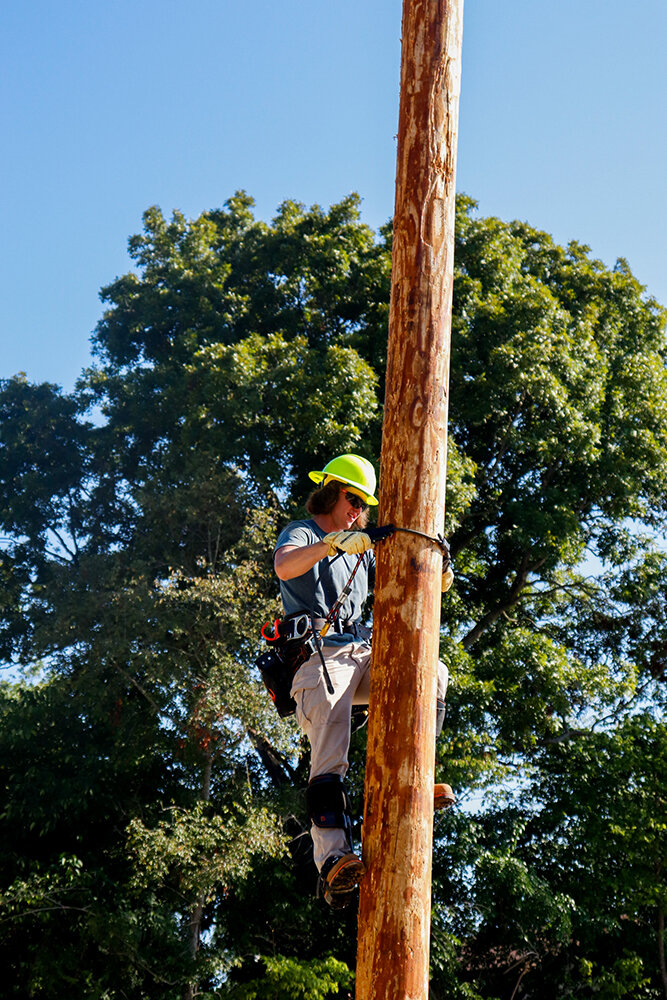


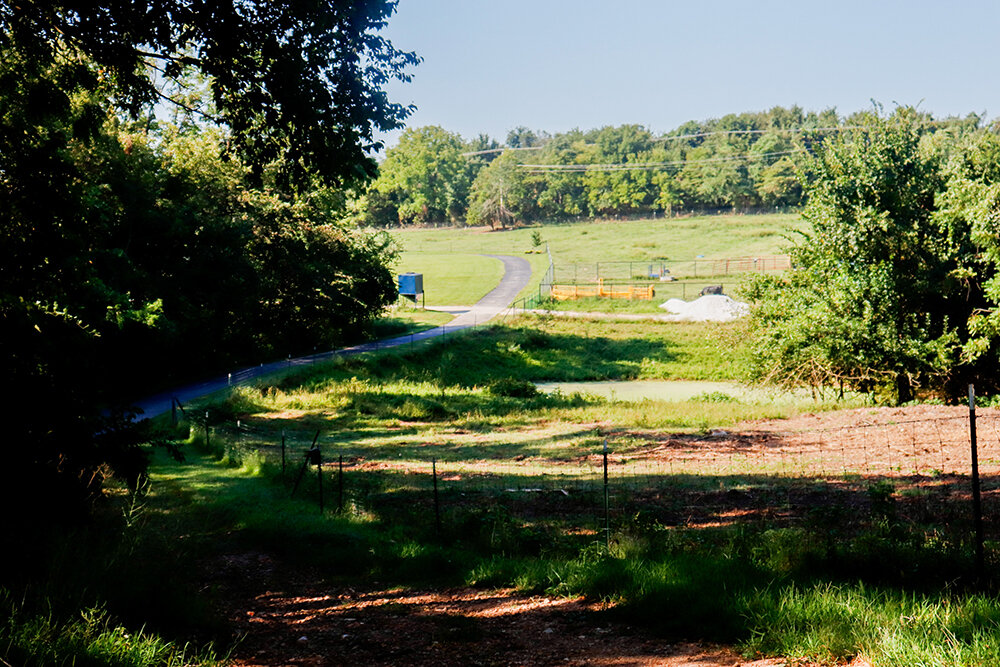
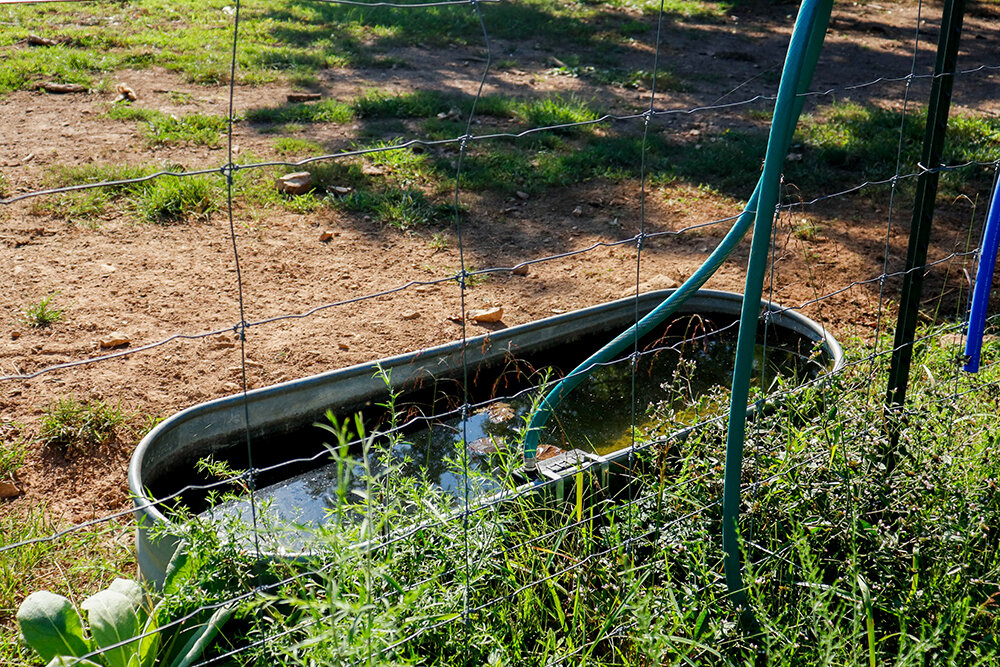











































A recently awarded federal grant for Ozarks Technical Community College wraps up the financing component for a new $5 million workforce training facility at the school’s Richwood Valley campus in Nixa.
The college last month received a $1.7 million grant through the U.S. Department of Commerce’s Economic Development Administration. The federal funding, coupled with $2.5 million OTC requested and was provided in state funding via its MoExcels Workforce Initiative, will cover the bulk of the project’s cost. The remainder will come out of college operating funds, said OTC spokesperson Mark Miller.
“This building has been under consideration now for a little over a year,” said Cliff Davis, president of OTC’s Richwood Valley campus. “The original push was that the state had offered a second round of what they call MoExcels funding.”
Davis said the MoExcels money was essential to launch the project, but the federal grant also had significant importance.
“For this grant, we were wildly hopeful. I would imagine the facility would have been scaled back significantly without the federal grant,” he said. “So, for us to keep the facility at or near what we hope to build, the EDA grant was needed.”
In the plans
The addition to the Nixa campus will allow for the growth of a pair of its training programs. Both the programs for agriculture and electrical distribution systems, commonly known as line workers, need additional space, Davis said. The agriculture program, which moved to Richwood Valley from the Springfield campus in 2019, is primarily taught out of a 9,200-square-foot facility, along with a greenhouse and multiple pastures.
“In terms of our existing building, we’re designed for 18 students [per classroom]. I’ve got at least two sections where we have 25 students in them,” said Robert Flatness, agriculture department chair. “We’re bringing in extra tables and chairs just to be able to accommodate the overflow. About every other year, we’re adding new sections because we just don’t have the space for them in the classrooms.”
Paragon Architecture LLC is architect for the project and a general contractor is yet to be selected. OTC officials say the project went out for bids at the end of August with the hopes of construction starting this year. Bids will determine the final size of the facility, which is estimated to range 15,000-17,000 square feet. The targeted completion goal is January 2025.
Roughly 4,000 square feet will be devoted to shared classroom space for the two programs. The building, which will be located just north of the existing ag facility and greenhouse, also will include a lab, administration suite and a community room.
“These classrooms will be significantly larger and will accommodate approximately 32 students per room,” Flatness said, adding the community room will hold 40-50 people. “We can even use it as an overflow classroom if we need to for larger groups.”
Rise in agriculture
While the latest numbers for declared majors are yet to be announced for the newly started fall semester, OTC officials say the agriculture program is rapidly growing. That growth is especially apparent since the program’s move to Richwood Valley. In fall 2019, there were 73 students majoring in agriculture. This past spring, it was 186 students, Flatness said.
“Compared to 15 years ago whenever I first started, we had 57 declared majors. At that time, it was strictly a turf and landscape department,” he said, adding the move to Christian County allowed for an expansion of animal science coursework and the inclusion of livestock on campus. “There’s been a huge transition in the program. The focus has totally shifted to animal science and plant science.”
Flatness said upon OTC agriculture students completing their two-year associate degrees, about 85% of them transfer to Missouri State University and its Darr School of Agriculture to earn bachelor’s degrees. However, he said OTC also offers a 32-credit hour agriculture certificate that is designed to be completed in one year.
“A lot of our students who are wanting to go straight back to the family farm will choose to complete this certificate rather than getting the associate degree,” he said.
The animal science program has particularly taken off, Flatness said. During the agriculture program’s last semester on the Springfield campus, there were 21 students enrolled in animal science.
“This semester, I have 76, and that is in my entry-level animal science class,” he said. “That’s really how I gauge our growth is those entry-level classes because I know we can retain those students for our advanced classes.”
Jobs in the agricultural industry are plentiful, according to a 2023 report from the U.S. Department of Agriculture. The agency reported that roughly 21.1 million full- and part-time jobs in 2021 were related to the agricultural and food sectors, equating to 10.5% of total U.S. employment.
Flatness said roughly 17 of the property’s 90 acres are devoted to livestock, which includes cattle, sheep and soon, horses.
“We’re constantly clearing brush to make room for the livestock,” he said, adding students are learning to operate and maintain on-site farm equipment such as skid loaders and tractors.
Meeting demand
The new Richwood Valley facility also will accommodate the line worker program, which was expanded to Nixa in 2021 following its 2018 debut at OTC in Lebanon. Davis said the program has wooden poles installed on a couple spots on campus for students to get practical experience climbing them, as well as how to operate equipment, and build and maintain distribution systems. Matt Ogden is in his second year as an instructor of the program at Richwood Valley after previously working for Ozark Electric Cooperative.
“When I had the opportunity to come here and help train the next generation of linemen, it was a challenge I was on board to do,” Ogden said. “We start with 25 here every year. Right now, we are capped at 25. It’s a selective program, so they have to apply.”
Ogden said nearly a full classroom of roughly 20 students were turned away this year between the campuses at Richwood Valley and Lebanon, which also has a 25-student cap.
“There’s definitely a demand for it. If they don’t get into the program the first year, they can continue to work on the general education side,” he said. “The following year, if they are still interested in the EDS program, they can hope to get in.”
As of 2021, the most recent data available from the U.S. Bureau of Labor Statistics, annual median pay for line installers and repairers was $74,530.
Indoor classroom space is needed for the program, Miller said, adding it also will have dedicated storage for equipment with the new facility.
“The indoor space will be awesome for us because right now we’ve kind of got ourselves scattered all over campus,” Ogden said. “We can hopefully bring it in, which will make the program more efficient here at Richwood Valley.”
Other stories that may interest you
Moseley’s Discount Office Products was purchased; Side Chick opened in Branson; and the Springfield franchise store of NoBaked Cookie Dough changed ownership.

